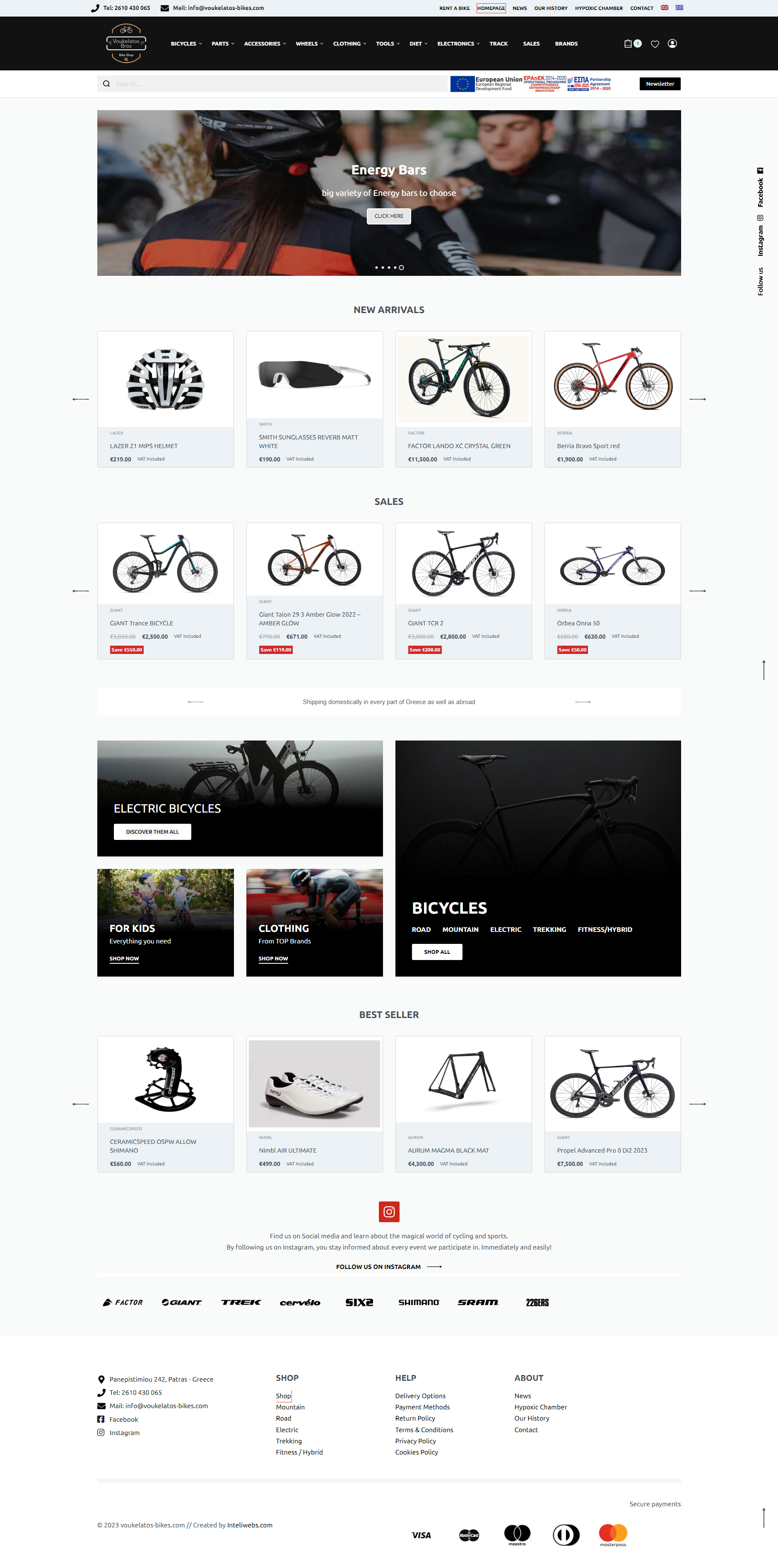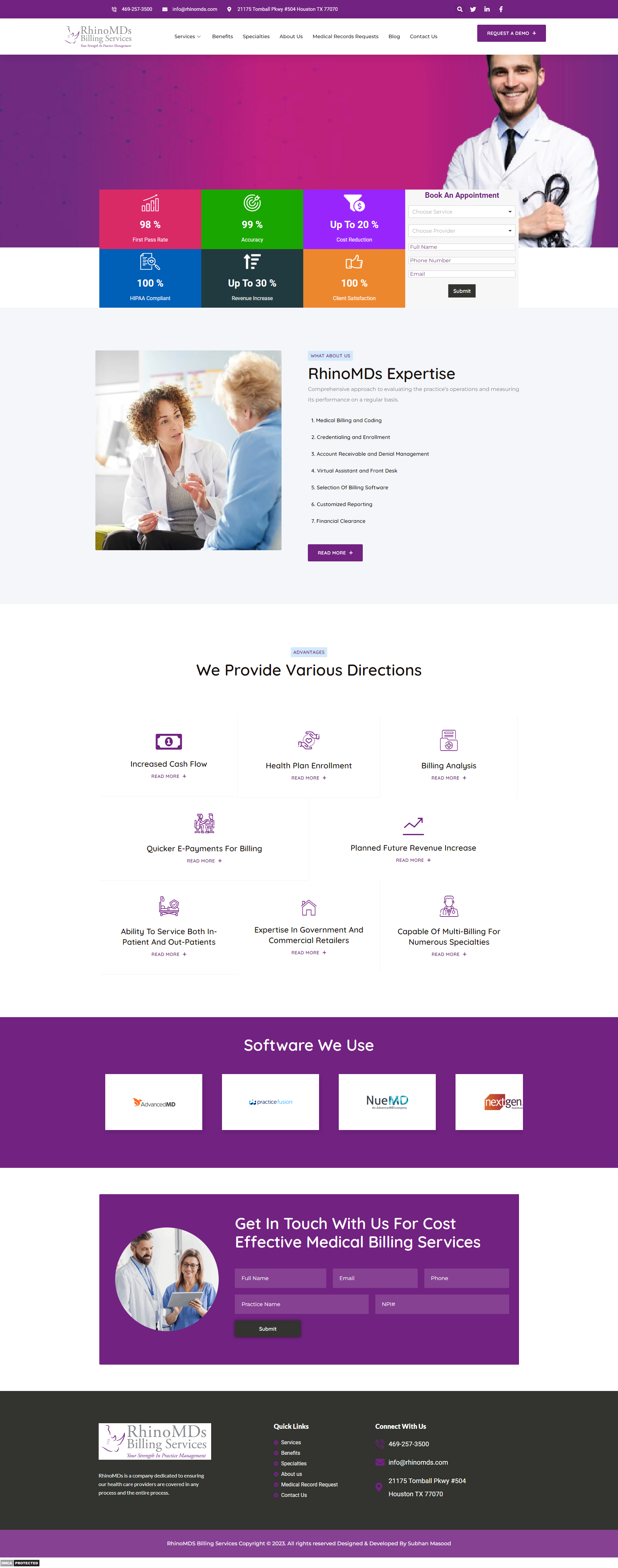Introduction
Creating engaging mobile app designs is crucial for attracting users and keeping them engaged with your app. In today’s competitive app market, a visually appealing and user-friendly design can make all the difference. In this blog post, we will explore some tips and tricks to help you create engaging mobile app designs that will captivate your audience.
1. Understand Your Target Audience
Before you start designing your mobile app, it’s essential to have a clear understanding of your target audience. Consider their demographics, preferences, and needs. Conducting user research and gathering feedback can provide valuable insights into what your users expect from your app’s design.
By understanding your target audience, you can tailor your design to meet their specific requirements. For example, if your app targets older adults, you may want to use larger fonts and intuitive navigation to accommodate their needs.
2. Keep It Simple
Simplicity is key when it comes to mobile app design. Users want an app that is easy to navigate and understand. Avoid cluttering the screen with too many elements or overwhelming the user with complex features.
Use a clean and minimalistic design approach to create a visually appealing interface. Focus on the essential features and prioritize them in your design. Use intuitive icons and clear labels to guide users through the app’s functionality.
3. Use Color Psychology
Colors play a significant role in evoking emotions and setting the mood for your mobile app. Understanding color psychology can help you create a design that resonates with your target audience.
For example, blue is often associated with trust and reliability, making it suitable for finance or healthcare apps. On the other hand, vibrant colors like red or orange can create a sense of urgency and excitement, making them ideal for gaming or entertainment apps.
Experiment with different color combinations to find the perfect balance that aligns with your app’s purpose and target audience. However, be mindful of accessibility guidelines and ensure that your color choices do not hinder readability for users with visual impairments.
4. Optimize for Different Screen Sizes
With the increasing variety of mobile devices and screen sizes, it’s crucial to design your app to be responsive and adaptable. Your app should provide a seamless experience across different screen sizes, from smartphones to tablets.
Consider using responsive design principles to ensure that your app layout adjusts automatically to fit different screen sizes. Test your app on various devices and screen resolutions to identify any potential issues and make necessary adjustments.
5. Prioritize User Experience
User experience (UX) should be at the forefront of your mobile app design process. A good UX can significantly impact user engagement and retention.
Ensure that your app is intuitive and easy to navigate. Use familiar UI patterns and gestures to make it easier for users to interact with your app. Incorporate user feedback and conduct usability testing to identify any pain points and improve the overall user experience.
6. Use High-Quality Images and Icons
Visual elements, such as images and icons, can enhance the overall aesthetics of your mobile app design. However, it’s essential to use high-quality visuals that are optimized for mobile devices.
Choose images and icons that are relevant to your app’s content and purpose. Optimize them for different screen resolutions to ensure they load quickly and maintain their visual appeal. Compressing images and using scalable vector icons can help reduce the app’s file size without compromising on quality.
7. Incorporate Microinteractions
Microinteractions are subtle animations or visual cues that provide feedback and enhance the user experience. They can make your app feel more interactive and engaging.
For example, adding a loading animation when a user submits a form or providing visual feedback when a button is pressed can make the app feel more responsive and enjoyable to use. However, be mindful not to overuse microinteractions, as they can become distracting if used excessively.
Conclusion
Creating engaging mobile app designs requires careful consideration of your target audience, simplicity, color psychology, responsiveness, user experience, high-quality visuals, and microinteractions. By implementing these tips and tricks, you can create mobile app designs that not only attract users but also keep them engaged and satisfied with their overall experience.




